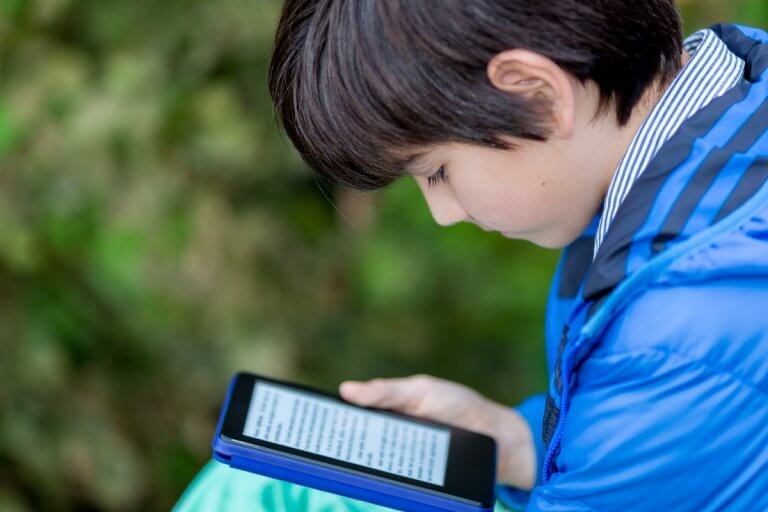
Today’s school-going students are digital natives, never knowing life before the internet or smartphones.
However, their familiarity with social media and the online sphere hasn’t necessarily translated to helping them identify fake news (i.e. stories that appear to be news but are, in fact, misleading), from real news.
Researchers at Stanford University’s History Education Group (SHEG) noted that “Many people assume that because young people are fluent in social media they are equally perceptive about what they find there” but found that their work “shows the opposite to be true”.
For example, in their 2016 study, they found that some students were unable to differentiate an advertisement from a news article, despite the words “sponsored content” appearing, or identifying where the information came from.
Their assessments reflected key understandings students at middle school, high school and college levels should possess, such as being able to find out who wrote a story and whether that source is credible.
The proliferation of fake news poses many challenges
“Fake news is considered to be a significant problem that faces global society and the way it functions”, wrote Dr Simons Greg, Senior Researcher at Uppsala University in Sweden.
Fake news can prevent people from making informed decisions about their government, potentially influencing politics to incite violence among the public. For example, in India, innocent people who were accused of trafficking children have died after being beaten to death, no thanks to fake news being circulated via WhatsApp.
Clearly, the inability to critically evaluate information can come with a flurry of negative implications.
However, dealing with an avalanche of information pouring in from various sources and formats is not a problem unique to students – even adults can struggle to identify fake news sites and differentiating fake from real news.
So what can be done to protect students?
Teaching students how to dissect information

The International Federation of Library Associations and Institutions (IFLA) has provided a guide on spotting fake news. Source: IFLA
More schools and policymakers are realising the magnitude of the problem and are incorporating lessons on how to identify fake news.
In a report by VOA, legislations are being passed in the US that require schools to teach students how to judge information on the internet and social media. For example, it notes that “The Washington law also required education officials to report on how they plan to add media literacy education to local schools.”
While this is positive news, there are also a growing number of resources online for parents and teachers to teach their children and students how to identify fake news, including Common Sense Education, the BBC and SHEG.
BBC Media Editor Amol Rajan’s tips on whether one can trust a news source include:
- Have they shown a commitment to accuracy over a long period of time? Have they consistently got things right?
- Do they admit when they get things wrong?
Meanwhile, speaking to Quartz, Richard Hornik, Director of Overseas Partnership Programmes at the Center for News Literacy at Stony Brook University said students should be taught to:
- “interrogate information instead of simply consuming it”
- “verify information before sharing it”
- “reject rank and popularity as a proxy for reliability”
- “understand that the sender of information is often not its source”
- “acknowledge the implicit prejudices we all carry”







